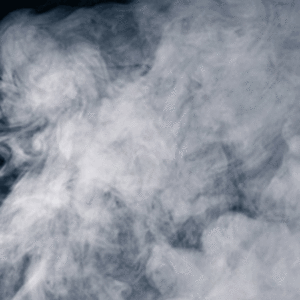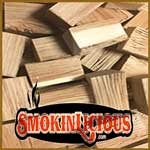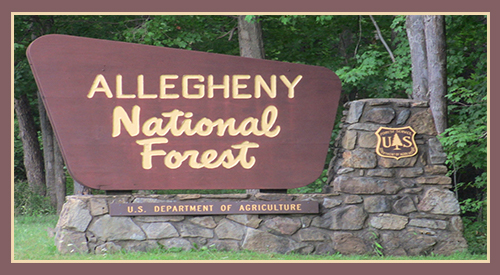Wed 26 Jun 2019
JUST BECAUSE YOUR SMOKING FOOD (THAT IS!) DOESN’T MAKE IT ALL BAD!
Posted by DonnaGRead other related stories: Cooking , Dr Smoke , General Smoking Information , Handheld Smoking , Smoking Dust , Smoking Tips , Smoking with chips , Stovetop Smoking , Wood Questions
No Comments

JUST BECAUSE YOUR SMOKING FOOD (THAT IS!) DOESN’T MAKE IT ALL BAD!
Recently, I received a very interesting question regarding the safety of ingesting foods and beverages that have been exposed to smoke vapor using hand-held food smokers. Specifically, the question consisted of whether you need to be 18 years of age for items that have been infused with smoke using these gadgets.

#handheldsmoker
This got me thinking:
- does the word “smoke” automatically give off the bad vibe response?
- why do people only inquire about the smoke without needing to know more about the plant source that produces that smoke?
There is a lot of data out there on carcinogenic effect to high heat grilled foods like burgers, chicken, and steaks, even data on hot smoking foods at lower temperatures. Really, what it all boils down to is, if you grill meats to the point where you blacken them, that increases the risk for the carcinogens. Even if you cook to the blacken state, eating these foods in moderation will halt any real risk over an average person’s lifetime.
So why the question on legality to consume smoked foods and beverages?
If you understand that the tobacco industry had to start putting warning labels on tobacco packaging back in 1966, and smokeless tobacco products in 2010, then you comprehend that smoke vapor does contain toxins. Everything regarding the level of toxicity with cooking is related to the type of food, method of cooking, cooking temperature, and length of cooking time.
Let’s examine those parameters from the handheld food smoking perspective.
You are not cooking the food by this method, merely infusing it with the smoke flavonoids, so there is no temperature (cold smoking technique). You are not exposing the food to smoke vapor for hours – it really comes down to minutes. Most importantly, you are not directly attempting to inhale the smoke vapor into your lungs. Yes, if your standing near the container that is holding the cold smoke when you open it, you will have some exposure but not like the person that takes a drag directly from a tobacco product or is chewing on a tobacco product!
Like anything else in our world, there are risks to everything we do, experience, sense, taste, explore, desire. Hot smoking is another name for roasting just at a lower temperature and usually with cheaper cuts of meat.

SmokinLicious® Double Filet wood chunks
What should never be compromised is the plant material – the wood – that is used to extract these flavors.
I believe it is time to start asking more questions about the hardwood products being used for the smoking process rather than focusing on the process itself. Share on X Perhaps the risks associated with dirty, moldy, contaminated wood are too high to ignore anymore.
SmokinLicious® products:
Wood Chunks- Double & Single Filet
Dust- Smoking Dust
Wood Chips- Grande Sapore®, Minuto® & Piccolo®

More related reading on the art of smoking food and cooking wood






